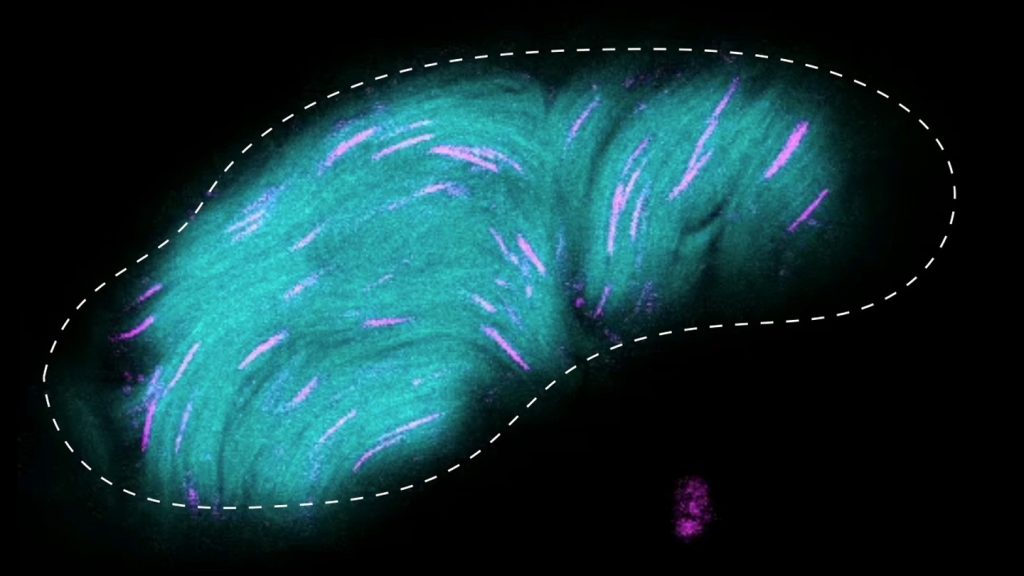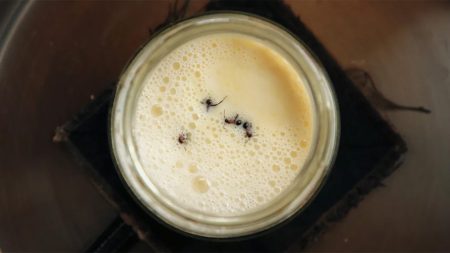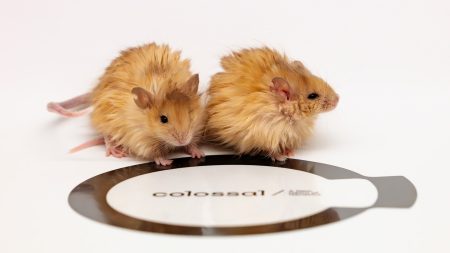The Surprising Order of Fruit Fly Sperm
Researchers have made a fascinating discovery about fruit fly reproduction that showcases nature’s remarkable problem-solving abilities. When studying Drosophila melanogaster – the common fruit fly – scientists observed something unexpected: rather than becoming tangled and knotted as one might expect, fruit fly sperm organize themselves into orderly bundles. This surprising self-organization happens because the sperm cells actually push against one another, creating an alignment that prevents potentially reproduction-blocking knots from forming.
This discovery highlights an elegant solution to what could otherwise be a significant reproductive challenge. Fruit fly sperm are unusually long – measuring about 2 millimeters in length despite the fly itself being only a few millimeters in size. If you were to scale this to human proportions, it would be like a man having sperm nearly 40 feet long! With such extraordinary length, these sperm cells could easily become hopelessly tangled, much like how headphone cords seem to mysteriously knot themselves in your pocket. Yet nature has developed this clever physical mechanism where the cells exert force against each other, causing them to line up neatly side by side.
The researchers used advanced imaging techniques to observe this phenomenon, watching as the sperm cells jostled and pushed until they achieved their orderly arrangement. This self-organization is particularly important because fruit flies produce and store enormous quantities of sperm – far more than they’ll actually use for fertilization. A single male fruit fly can produce and store thousands of these extraordinarily long sperm cells, which makes the potential for tangling even greater. The push-alignment mechanism ensures that when it comes time for reproduction, the sperm can be efficiently transferred to the female without being hindered by knots or tangles.
What makes this discovery particularly interesting is that it appears to be a purely physical phenomenon rather than a biologically controlled process. The sperm aren’t communicating with each other through chemical signals or being organized by other cells – they simply respond to physical forces in a way that naturally produces order from potential chaos. This represents a fascinating example of how evolution can harness basic physical principles to solve complex biological problems. Rather than developing elaborate biological machinery to prevent tangling, fruit flies have evolved sperm that use simple physics to organize themselves.
This research has implications beyond just understanding fruit fly reproduction. It provides insights into how biological systems can self-organize and how evolution can develop elegant solutions to complex problems. The principles observed in these tiny insects might inform our understanding of other biological systems where long, thread-like structures must be organized without tangling. From nerve cells to plant roots, nature frequently deals with the challenge of keeping long, thin structures organized in confined spaces.
Additionally, this research reminds us of how much we still have to learn about even the most studied organisms. Fruit flies have been central to biological research for over a century, contributing enormously to our understanding of genetics, development, and evolution. Yet they still contain surprises like this remarkable sperm behavior. As researchers continue exploring the intricate details of seemingly simple biological systems, we’re likely to discover many more examples of nature’s ingenious solutions to life’s challenges – even in creatures as humble and familiar as the fruit fly buzzing around your kitchen.














